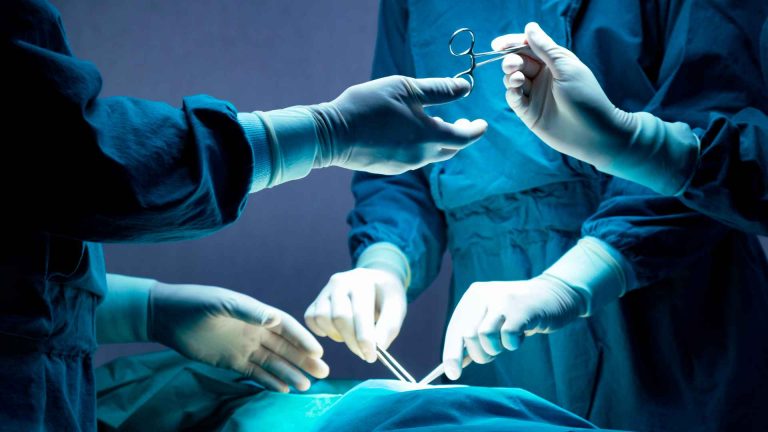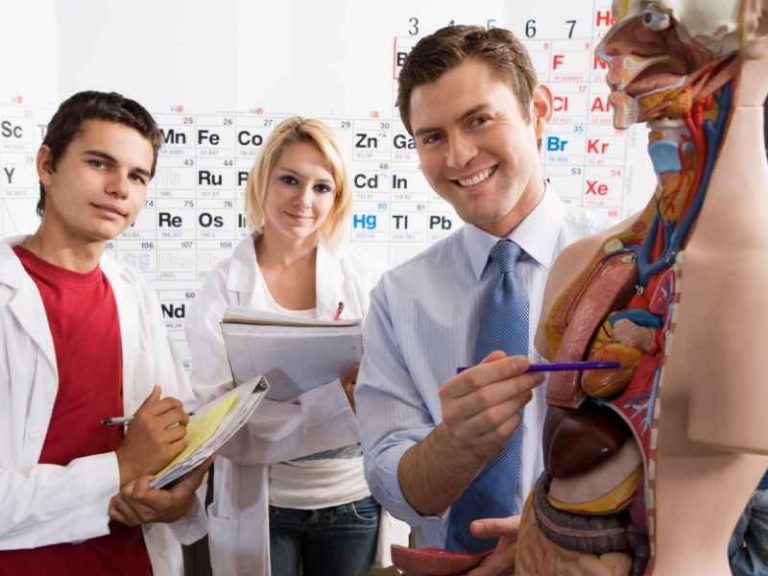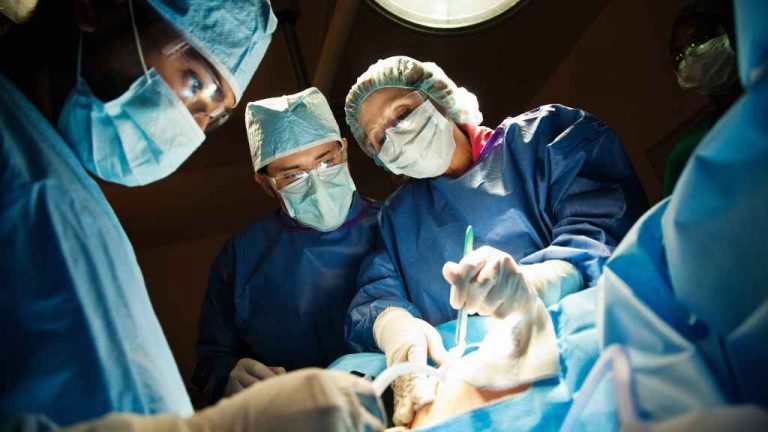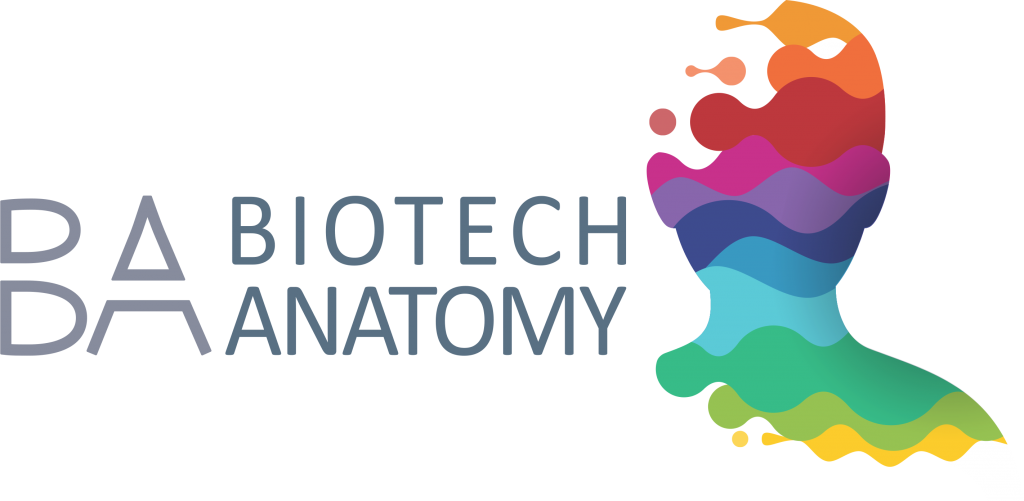Cadaver Lab Guide: What to Expect in Anatomy Class
Stepping into a cadaver lab for the first time is a transformative experience for medical students. It’s where the theoretical world of textbooks and lectures collides with the tangible reality of human anatomy. We’re here to guide you through what to expect in this unique learning environment.
At the heart of our cadaver lab, we honor the incredible gift of body donors. Their contributions to medical breakthroughs and advancements cannot be overstated. It’s a place where respect and science converge, providing an essential hands-on experience for those on the path to becoming medical professionals.
We maintain a state-of-the-art facility, ensuring a sterile, tidy, and respectful working environment. Our professional team, alongside environmental and safety officers, ensures best practices are always upheld. It’s our commitment to honor the donors’ intentions and foster the development of medical devices and doctor training, all for the benefit of human health and well-being.
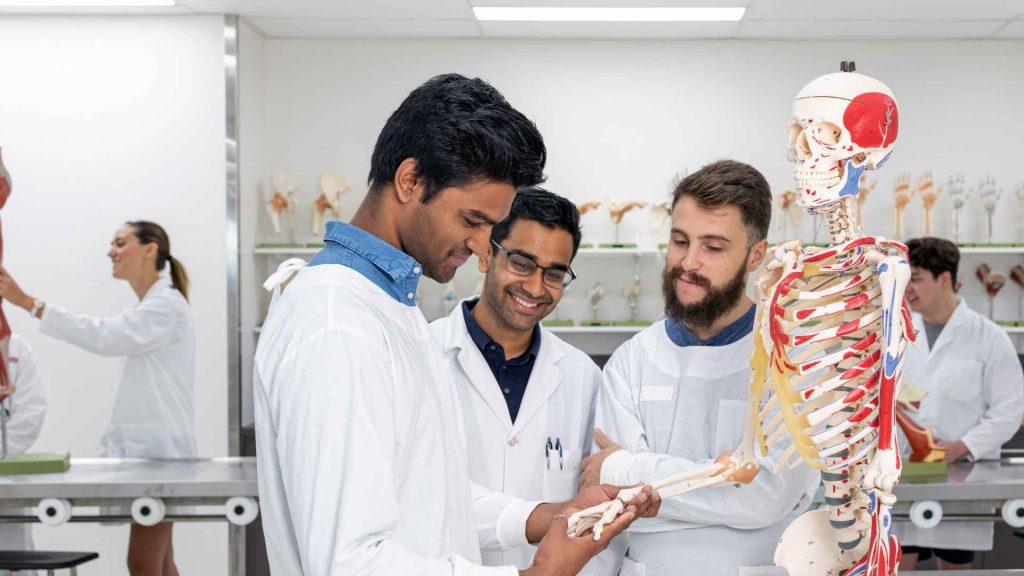
Preparing for the Cadaver Lab
Stepping into a cadaver lab for the first time can feel rather daunting. It’s normal to have a mix of emotions, but preparation can help ease us into the experience more comfortably. As we look ahead to our time in the lab, it’s essential for us to know what to expect and how to best prepare for this critical aspect of our medical education.
Before ever setting foot in the lab, it’s beneficial to build a solid foundation. Resources like Visible Body are handy, with their 3D models offering accurate representations of anatomical structures. It’s the time well spent to familiarize ourselves with the specifics of each structure—its appearance, function, and significance. With this knowledge, we’re not learning anything new by the time lab work begins; rather, we’re reinforcing and expanding our understanding.
In the lab, personal mentoring from our faculty will be key. Many students find that this hands-on experience, coupled with expert guidance, is what puts them far ahead of their peers when they enter medical school. By taking advantage of learning opportunities before the lab, such as reviewing digital content and participating in preparatory sessions, we stand to gain the most from our dissection experience.
At the lab, it’s vital to respect the personal space of the cadavers and to handle all equipment with care. Our cadaver lab at Biotech Anatomy LTD is equipped with top-of-the-line features, like downward drafting tables, designed to minimize chemical fumes and enhance safety. This means our health isn’t at risk, allowing us to focus solely on the learning experience.
We’re also encouraged to bring our digital resources into the lab. Applications that allow us to compare digital models with real structures are incredibly beneficial, especially when identifying structures that might not be immediately visible in a cadaver.
Here are a few pointers to ensure we’re ready:
- Review anatomy through digital models and resources
- Learn the layout and rules of the lab beforehand
- Dress appropriately, in clothes we don’t mind getting soiled
- Approach the experience with respect and a readiness to learn
By preparing thoroughly, we step into the lab confident and ready to honor the gift given by the donors. The insights and expertise we develop in a cadaver lab are unparalleled, fundamentally shaping our medical knowledge and skill set.
Introduction to the Cadaver Lab
When stepping into a cadaver lab, there are some key aspects that we should be prepared for, each adding to our depth of understanding and respect for the field of medicine. At Biotech Anatomy LTD, our facilities are equipped to provide the most educational and considerate experience possible.
Expect a Profound Experience
Cadaver labs offer a unique opportunity to connect with the reality of the human body beyond textbooks and diagrams. Referred to by names chosen by their student caretakers, cadavers like Alma, Cooper, and Beatrice, provide insight into the intricacies of human anatomy. While we may not know their real stories, these individuals become silent teachers, guiding us through the complexities of the human form.
Hands-on Learning
In the cadaver lab, it’s not just about observation; it’s about participation. We’ll learn to carefully dissect tissue to reveal structures that you’ve only previously seen illustrated. Working closely with these specimens, we’ll gain a clear, tangible understanding of human anatomy, from organ systems to the minute differences that make every body unique.
Ethical Considerations and Care
As we learn the ropes of dissection, we’re also confronted with the ethical dimension of our work. Each cadaver was once a person, and we approach our lessons with the highest degree of respect and consideration. Learning to manage our emotional responses while maintaining professionalism is a vital part of our education at the lab.
A Multisensory Environment
Within the cadaver lab, expect a multisensory experience. From the formaldehyde scent to the textures and visuals of human tissue, each element complements our learning. We’ll become comfortable with the lab equipment, mastering the use of scalpels, forceps, and other tools required for precise dissection.
Embracing the traditional approach to medical training, cadaver labs bridge the gap between theoretical knowledge and clinical practice. As we transition from the classroom into this immersive environment, we’re reminded of the importance of hands-on experience in our journey to becoming skilled medical professionals.
Ethical Considerations and Donor Appreciation
Walking into a cadaver lab, we must be prepared for more than just the scientific rigor; we’re stepping into a space grounded in deep ethical considerations and profound gratitude. Donor appreciation is at the heart of every experience within the lab. The bodies before us were once individuals who chose to contribute to the collective knowledge and well-being of society. Embracing this element is key to understanding what to expect at a cadaver lab.
Each donor has provided a unique gift—a gift that shapes the foundation of our education and our future ability to care for the living. Engaging with this truth naturally fosters an environment of respect and reverence. Biotech Anatomy LTD upholds these values by integrating several practices and protocols:
Ensuring dignity and respect for the donors in every aspect of the lab environment.
- Facilitating discussions about the altruistic choice made by donors, reminding us of the human stories behind the science.
- Providing support for students who may experience a range of emotions upon their introduction to the lab setting.
As we learn and develop our skills, we’re continually reminded of the selflessness encapsulated in each donor’s decision. This awareness is an essential component of our education, one that enriches our journey as healthcare professionals. Our cadaver lab experience isn’t just about mastering anatomy; it’s also an exercise in empathy and ethical mindfulness.
Whether it’s a first-year student or a seasoned professional visiting the lab, the significance of the donation isn’t lost. When we understand what to expect at a cadaver lab, we’re not just anticipating the hands-on learning—we’re acknowledging the human element that is intrinsic to the practice of medicine.
This comprehensive approach sets Biotech Anatomy LTD apart, confirming our commitment to superior education infused with the highest ethical standards.
Through our structured learning process and the stewardship of experienced faculty, we ensure that every encounter within the lab reinforces these principles. This method not only helps us honor the donors and their families but also instills in us a lifelong appreciation for the incredible way in which they continue to contribute to the medical community—even after life.
The Importance of a Sterile and Safe Environment
Stepping into a cadaver lab for the first time, one must be prepared for the sterility and safety protocols that define these environments. It’s crucial to understand that the maintenance of a clean lab space is not only a courtesy but a necessity for the proper study and respect of the donated bodies, as well as for personal safety.
We’re meticulous about keeping the lab neat and tidy. After each day’s dissection, every student is responsible for cleaning their area. This includes promptly emptying the designated buckets and wiping spills to prevent any slip hazards. Effective organization maximizes our learning space, so each of us ensures to store our atlases and dissection tools properly, avoiding clutter.
Proper trash disposal is paramount, and the lab has strict protocols. Here is a breakdown of our waste disposal system:
| Waste Type | Disposal Container
|
|---|---|
| Cadaver tissue waste | Green trash cans |
| Gloves and cadaver-soaked items | Red hazardous waste containers |
| Blades | Red sharps disposal boxes |
| Non-hazardous trash | Regular gray trash cans |
It’s imperative that we all comply with these rules to maintain a hazard-free zone.
When it comes to personal protection against chemicals like formaldehyde, we adhere to stringent safety procedures. We ensure long pants and closed shoes are worn at all times in the lab, as open-toed or perforated footwear can lead to chemical exposure or injury. Lab coats are non-negotiable — they protect us and minimize the risk of carrying preservatives like formaldehyde outside the lab space.
The anatomy study room, kept grease-free, is a testament to our commitment to cleanliness. Anything that could transfer residues, such as lab coats or gloves, is barred from entry.
Adhering to the safety protocols not only ensures a hygienic learning environment but also honors the donors who have given themselves to further medical education and research. It’s our collective responsibility to uphold these standards every time we set foot in the lab.
Exploring Human Anatomy in the Lab
When stepping into a cadaver lab for the first time, it’s natural to feel a mixture of curiosity and reverence. What to expect at a cadaver lab is a journey that begins with a profound respect for the donors and ends with an unparalleled educational experience. We are about to embark on an exploration that engages all our senses and invites us to learn in the most hands-on way possible.
Our experience in the lab is deeply enriching, allowing us to witness the intricate details of human anatomy that can’t be fully grasped through textbooks alone. We see the real-life application of our anatomical studies as we carefully dissect and examine the bodies. Here, every organ, tissue, and system can be inspected, and we can truly appreciate the complexity and wonder of the human body.
The sight of enlarged or pathology-laden organs is not uncommon. These visual aids create powerful, indelible impressions that enhance our understanding of diseases and the impact they have on the body. Through examination, we learn about the results of various surgeries firsthand, gaining insights that are critical for our future careers in medicine.
Despite the initial shock that may accompany the first exposure to a cadaver lab, we soon find ourselves deeply engaged in the learning process. Discussing and identifying each anatomical structure, we aren’t just observers; we are active participants in a fundamental rite of passage for medical students. The lessons learned in this environment stick with us—it’s one thing to write about human anatomy, it’s another to touch, feel, and see it up close.
In the lab, we find that our empathy for the donors and patients we’ll one day treat only grows stronger. We aren’t here to simply dissect; we are here to comprehend the vast narrative that each human body tells—a narrative of a life once lived, of health, disease, healing, and the fascinating complexity that constitutes our own biological make-up.
| Statistic | Value
|
|---|---|
| Students Reporting Enhanced Learning Retention | 87% |
As we navigate through each lab session, it becomes clear that what we learn here is foundational not just for our academia, but for the empathy and professionalism that will define our medical careers.
Conclusion
Venturing into a cadaver lab can be an awe-inspiring journey that shapes our understanding of the human body. We carry with us a deep appreciation for the gift of knowledge bestowed by the donors. Through this hands-on approach, we not only hone our technical skills but also cultivate a sense of empathy that will be invaluable in our medical practices. The cadaver lab experience is truly a cornerstone in our educational journey, one that will resonate with us as we advance in our careers.
Frequently Asked Questions
Do cadaver labs make you hungry?
Yes, the smell of formaldehyde can sometimes induce a feeling of hunger, which is why a nearby coffee shop can be convenient.
What should you wear to a cadaver lab?
Wear a lab coat or scrubs with a name tag, and optionally, a plastic apron over them during dissection for safety.
Should I eat before cadaver lab?
It is advised to eat before entering the lab, as the scent of formaldehyde can oddly make you feel hungry during dissection.
What are the side effects of cadaver?
Exposure to high concentrations of formaldehyde can lead to headaches, irritation of the eyes, skin, and upper respiratory tract.
Should I be nervous about a cadaver lab?
Feeling nervous is common on the first day due to a range of concerns, including reactions to seeing a cadaver and worry about proper preparation.

